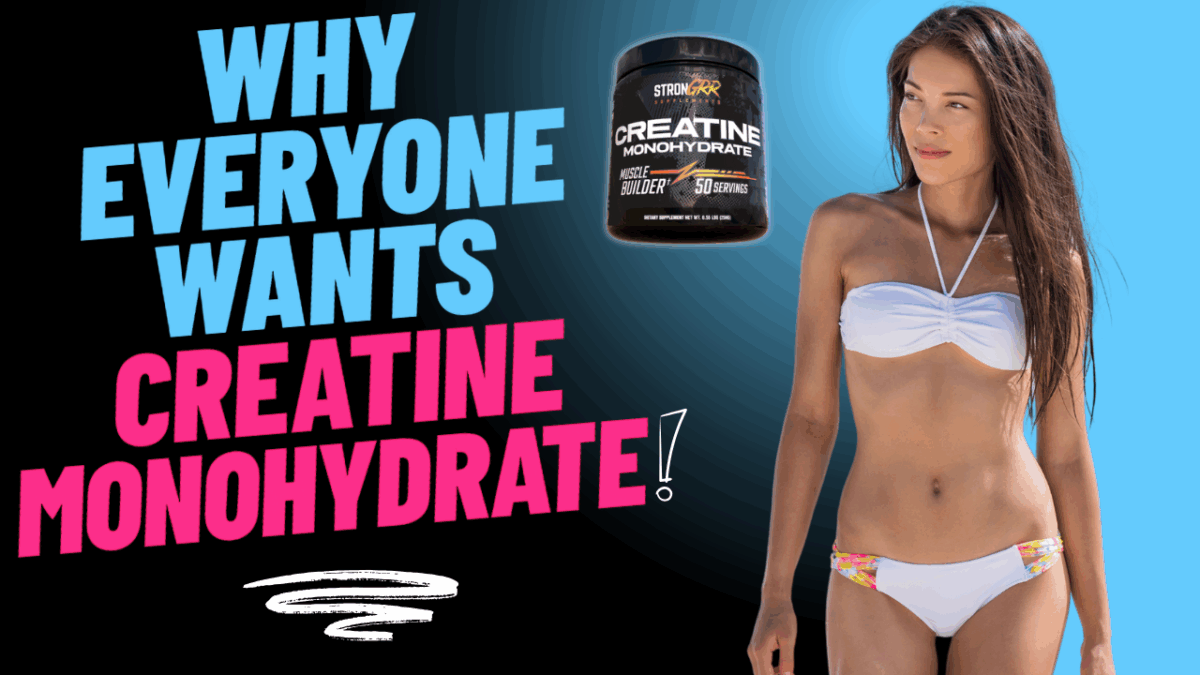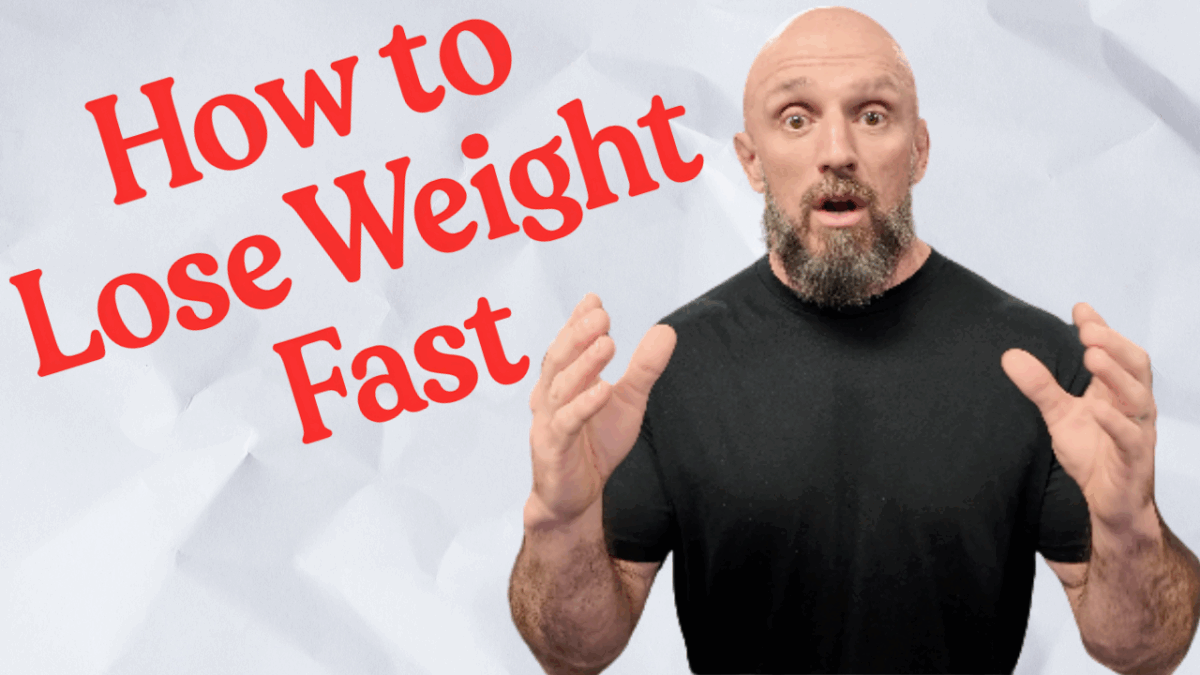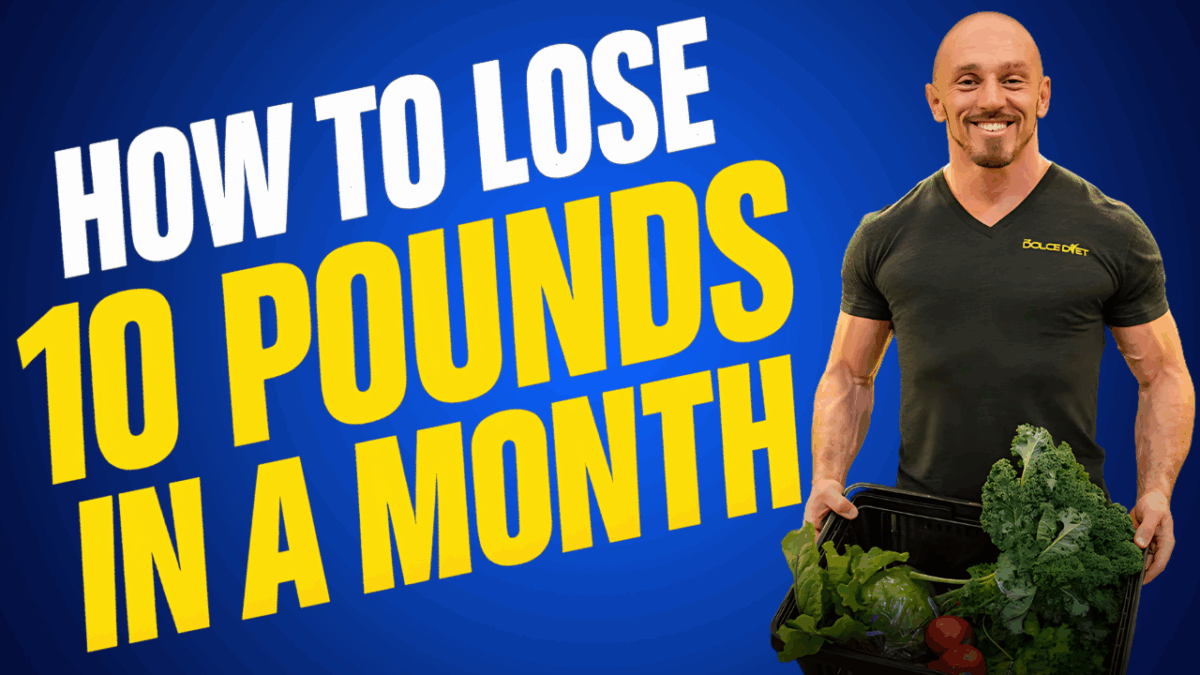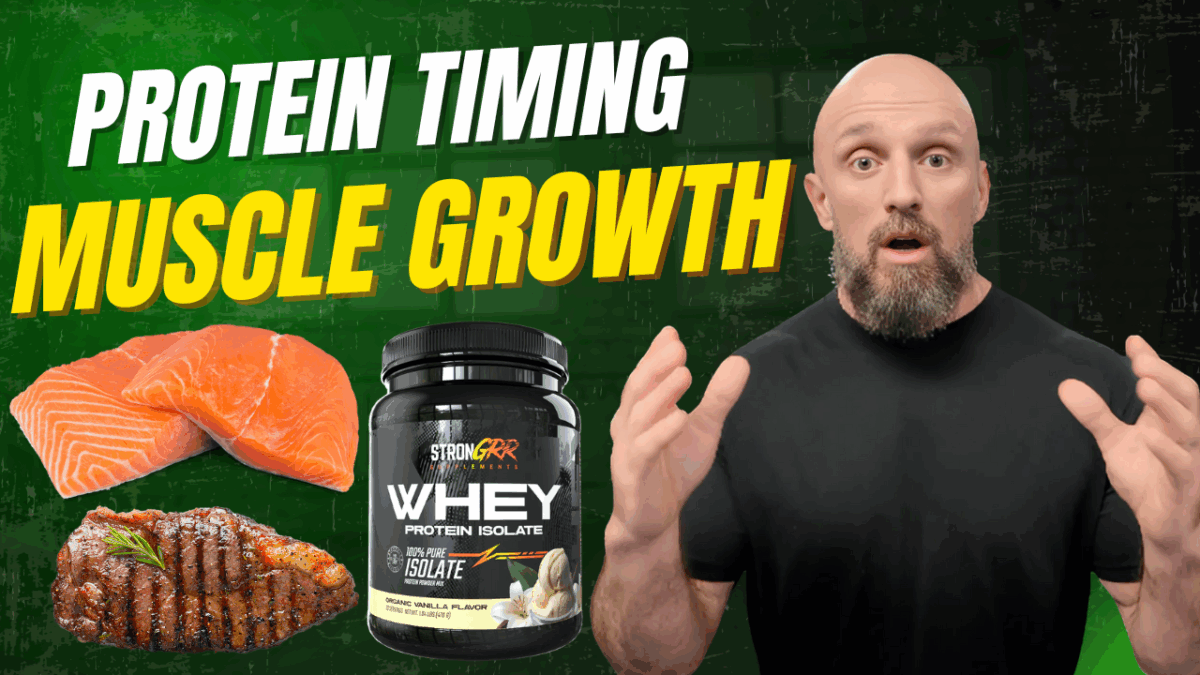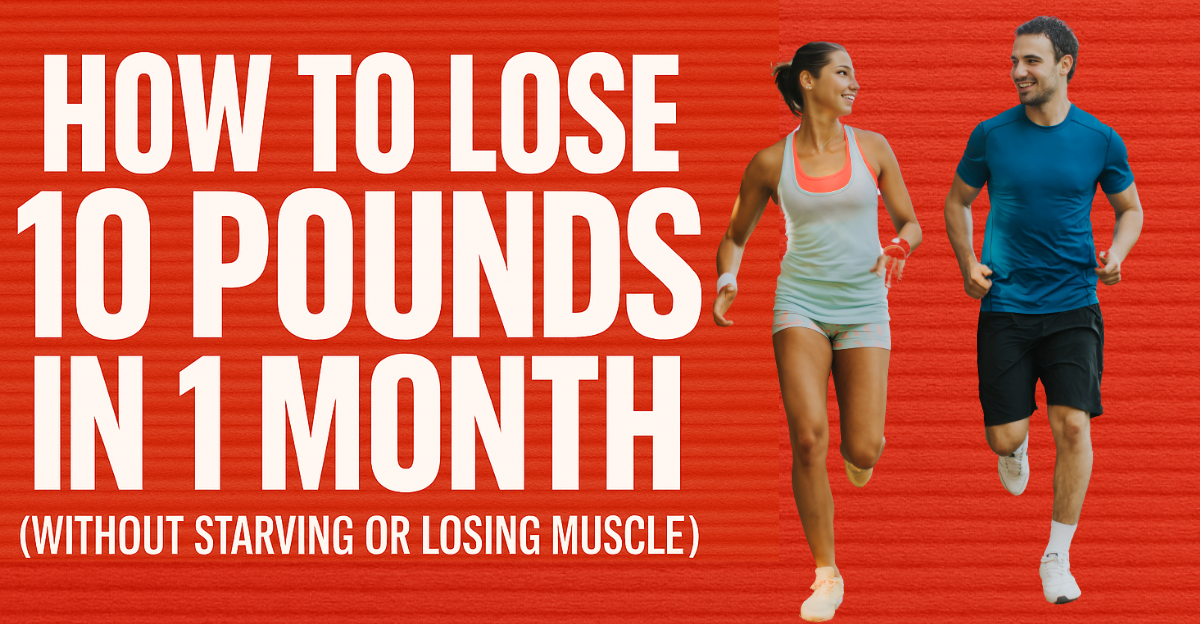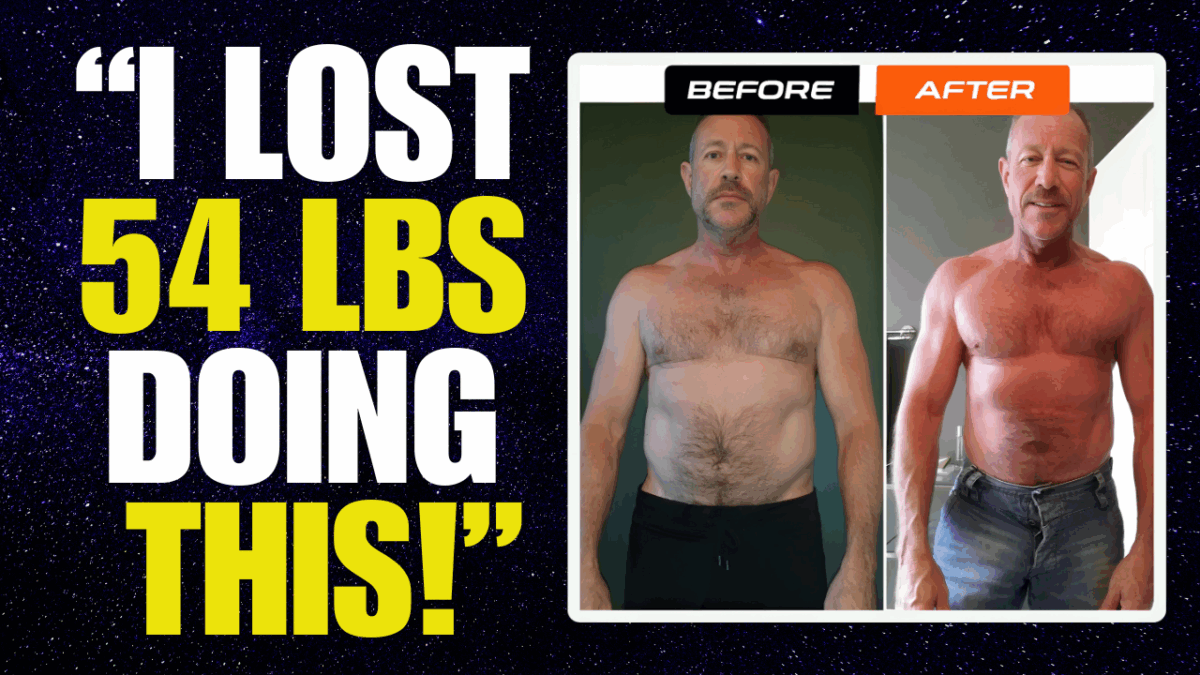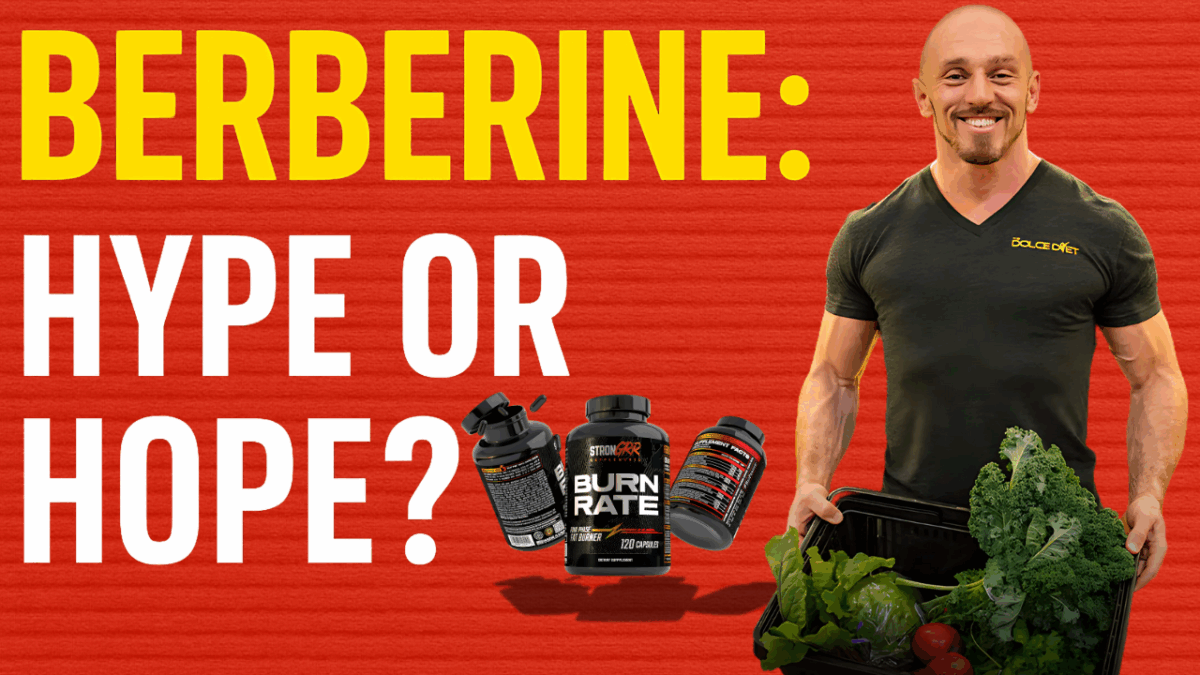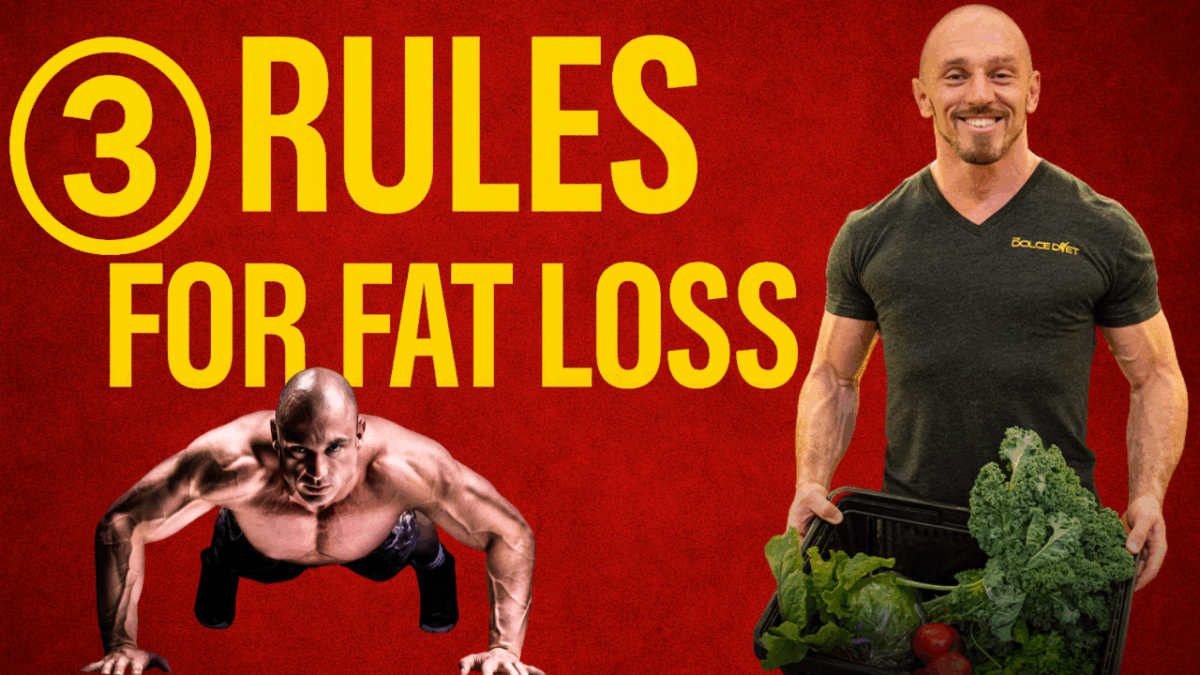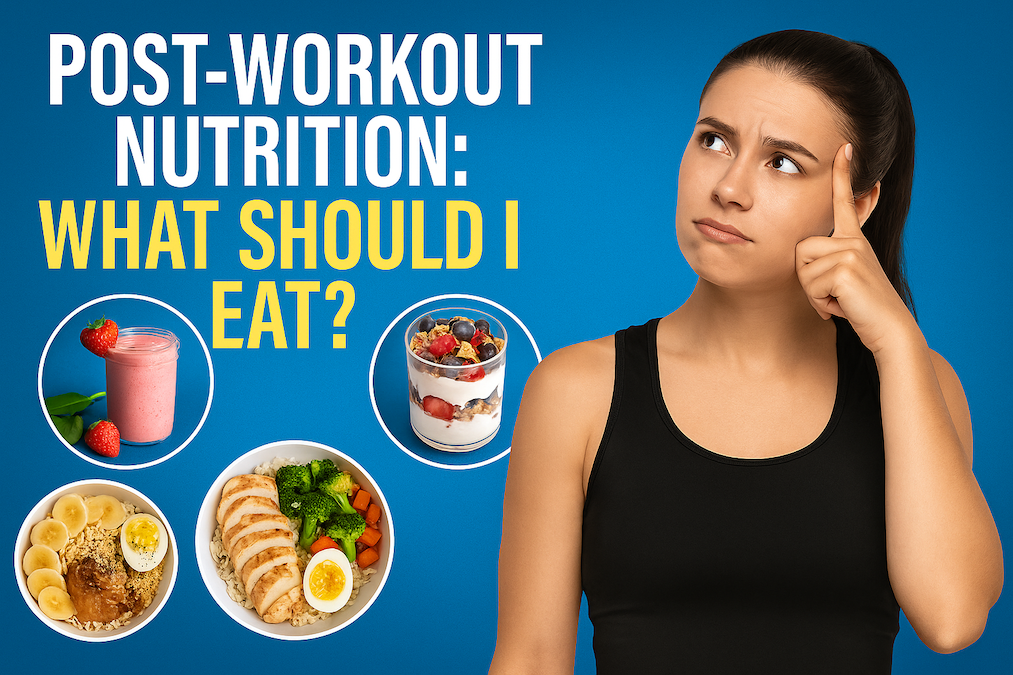Berberine: Hype or Hope?
Berberine—Nature’s Ozempic or just marketing hype? Let’s break it down and give you the real science on how to use this natural compound to support fat loss and metabolic health.
Berberine is one of the most powerful natural tools I use in my coaching practice, and it’s the cornerstone of our Burn Rate formula from STRONGRR Supplements.
What Is Berberine and How Does It Work?
Berberine is a plant alkaloid extracted from herbs like barberry and goldenseal. It’s been used for centuries in Ayurvedic and Chinese medicine—but modern research confirms how it actually works.
Berberine activates AMPK—your body’s “metabolic switch.” It reduces glucose production in the liver, increases insulin sensitivity, and helps shuttle glucose into muscle cells where it’s burned as fuel instead of being stored as fat.
One study in 2008 showed berberine was as effective as Metformin in lowering blood sugar in type 2 diabetics. That’s massive—for a natural supplement.
Why Berberine Is In Burn Rate
Most fat burners rely solely on stimulants. Burn Rate is different. It’s a four-phase fat burner that uses clinically validated ingredients—like berberine—to target fat loss at the metabolic root.
Alongside berberine, we include natural caffeine, green tea extract, capsaicin, bioperine, and a herbal diuretic matrix. These all work synergistically to improve energy, enhance thermogenesis, control appetite, and reduce water retention—without overstimulation or crash.
How to Take Berberine (Or Burn Rate)
To get the best results, take berberine twice daily with meals—especially those containing carbs. The compound works cumulatively, meaning daily use builds over time to improve insulin sensitivity and metabolic health.
Users of Burn Rate report more energy, clearer focus, suppressed appetite, and smoother blood sugar levels—all without the jitters or crash of most fat burners.
Who Should Use Berberine?
- Anyone with stubborn belly fat
- Those dealing with insulin resistance or pre-diabetes
- Athletes looking for lean body recomposition
- Anyone struggling with energy crashes or carb cravings
Caution: If you’re on blood sugar meds, pregnant, or nursing, talk to your doctor first. Berberine is potent and deserves respect.
The Bottom Line
Berberine is not hype. It’s one of the few natural compounds with real data showing its effectiveness for blood sugar regulation, fat metabolism, and appetite control.
That’s why we made it the cornerstone of Burn Rate—our 100% natural, clinically dosed, and evidence-based fat burner from STRONGRR Supplements.
Want to Go Further?
Pair berberine with our 12-MONTH VIP COACHING PLAN via The Dolce Diet and you’ll accelerate fat loss, boost energy, and build a leaner, healthier body—without compromising your hormones or health.
Click here to try Burn Rate today →
This article is part of our “Mike in the Morning” series—filmed in real-time from Mike’s War Room on the Jersey Shore. Leave a comment on YouTube and let us know what topic you want covered next.
